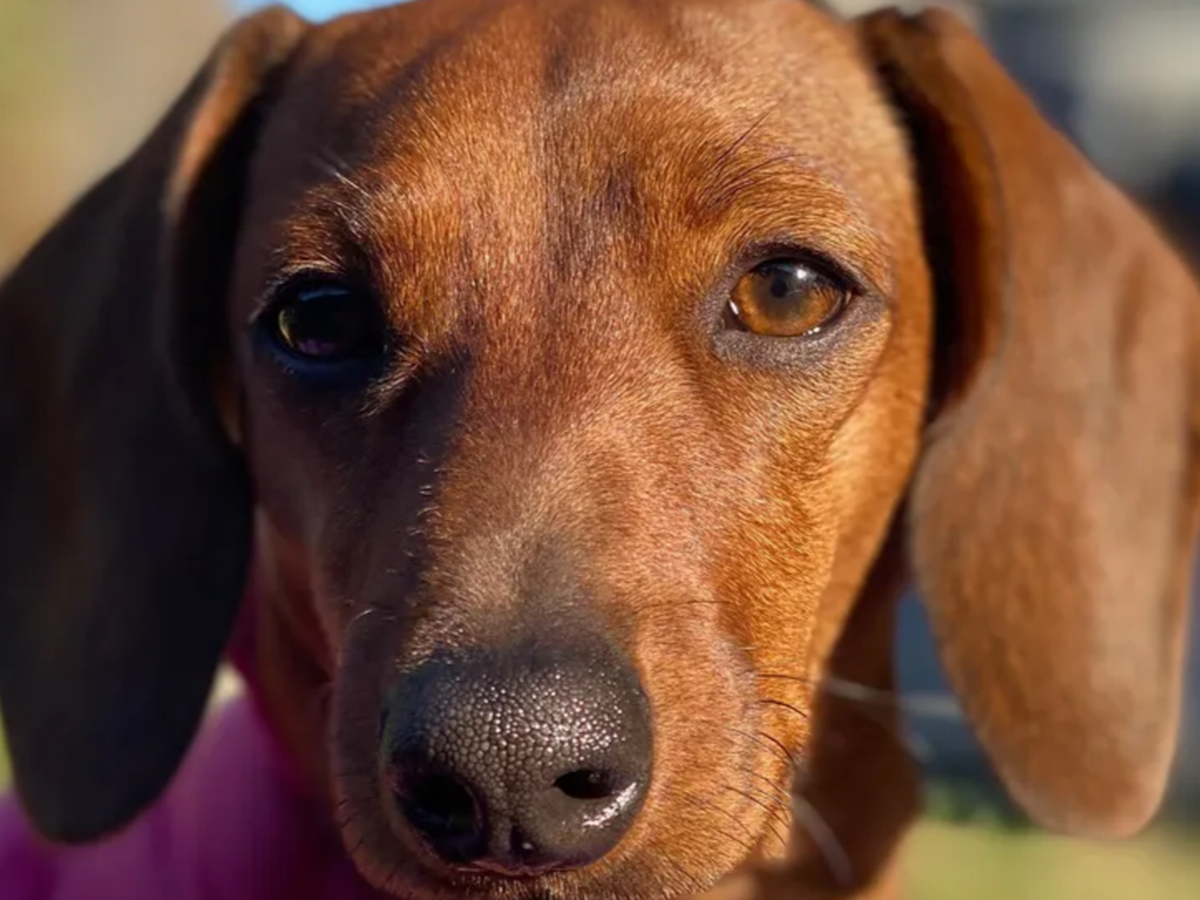
Donation protected
Hi, my name is Brenda, and I'm reaching out to ask for help for someone who means the world to me—my little dachshund, Maya.
Maya is 5 years old and weighs just 13 pounds, but she holds so much love and value in my life and in my family’s life. She came into my world during a really tough time when I was struggling with depression, and she helped me find joy again. She even brought my family closer together. She’s also the best friend and playmate of Milo, my other dachshund—they’ve been inseparable since day one.
Everything changed on the morning of May 5th. I had just gotten home from work and noticed something was off—Maya wasn’t at the door to greet me like she always is. Only Milo was there. I knew something wasn’t right. Then I saw her. She was barely moving, her back was arched, and I could see the pain in her eyes. While I was getting ready to take her to the vet, she stayed curled up in her bed and didn’t move at all. That’s when I noticed her back legs weren’t responding—they were folded under her, and she couldn’t stand.
In that moment, my worst fear hit me: IVDD (Intervertebral Disc Disease), a condition that affects many dachshunds and can lead to sudden paralysis. Maya had shown no symptoms before. She had been perfectly healthy at her last vet visit, and just the night before she seemed totally fine. Something must’ve happened during the night—maybe a fall or an accident while playing with Milo.
At the vet, my fear was confirmed. They told me Maya was paralyzed due to IVDD. We live in Modesto, California, where there aren’t any neurologists nearby, and she needed an MRI to determine how bad the damage was and what treatment she needed. The nearest neurologists were over an hour away, and most wouldn’t see her without a referral or had a 2-3 week wait. But time was critical—I knew every hour counted—so I kept calling until I finally found an opening at a hospital in Sacramento for the very next day.
There, they confirmed Maya had Grade 3 IVDD. They gave me three options:
1. Surgery, with a high chance of her walking again.
2. Conservative treatment, with a much lower chance of recovery and a life full of limitations and constant care.
3. Euthanasia—the option I couldn’t even consider.
I chose surgery, even though it was a huge financial burden. Maya needed an MRI, surgery, a hospital stay, anesthesia, post-op pain meds, a special harness, and round-the-clock care. The estimated cost was around $11,000. I also had to buy everything needed for her recovery at home.
That day changed Maya’s life—and mine and Milo’s too. Milo misses playing with her and going on walks with her, but we’re so grateful that Maya is slowly recovering. She’s now able to walk short distances a few times a day, and with support, she can walk even farther without falling to the side. Her strength and spirit amaze me every day.
This has been one of the hardest experiences of my life, emotionally and financially. That’s why I’m asking for your help. If you’re able to donate anything to help cover Maya’s surgery and recovery costs, it would mean the world to us. And if you can’t donate, sharing this page would still help more than you know.
Thank you from the bottom of my heart for reading Maya’s story, and for supporting her second chance at walking, playing, and living a happy life again.
With love and gratitude,
Brenda, Maya & Milo ❤️
Organizer
Brenda Cervantes
Organizer
Modesto, CA